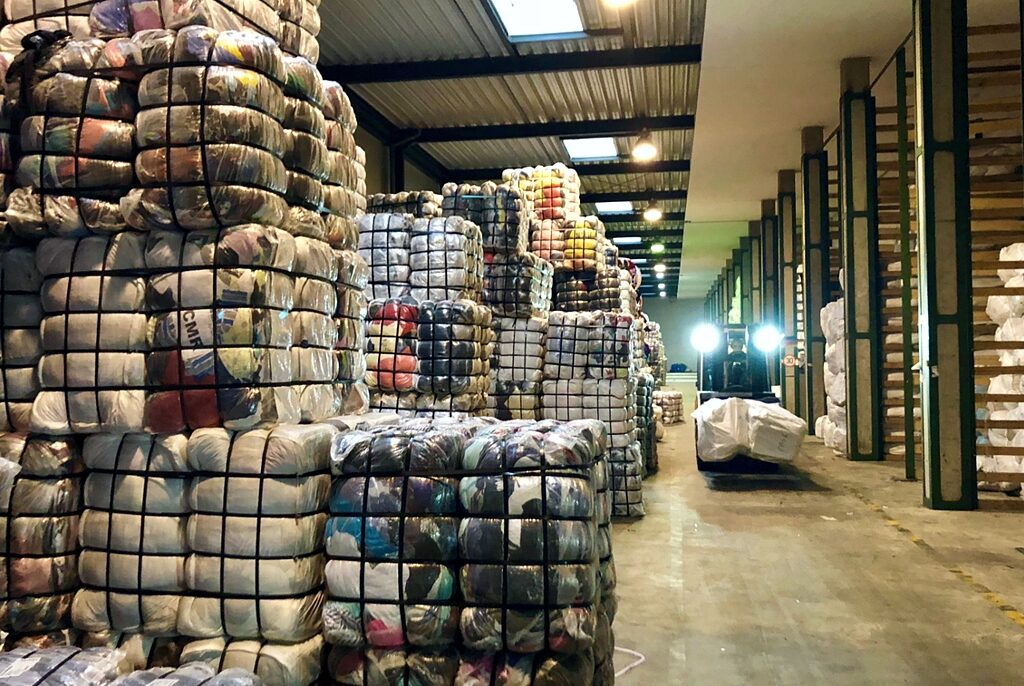Understanding Wastes in Knitting: How to Measure and Minimize It

How to Set Up a System to Measure Waste Loss? Here’s a step-by-step guide to establish an effective waste monitoring system: Simplify Waste Tracking with Technology If manual tracking feels overwhelming, don’t worry—you’re not alone. Many manufacturers face challenges with pen-and-paper methods. To simplify the process, try our free software designed to measure waste precisely. […]
